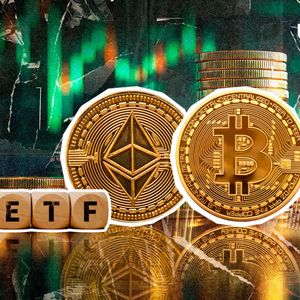Latest News
-
 Top 10 Slots Casinos That Accept LTC, POL, and TRX in 2025
Top 10 Slots Casinos That Accept LTC, POL, and TRX in 2025Crypto Daily 2025-08-01 17:45
-
 Crypto ETNs: UK Unleashes Access for Retail Investors
Crypto ETNs: UK Unleashes Access for Retail InvestorsBitcoin World 2025-08-01 17:40
-
 SEC’s Project Crypto: Transforming U.S. Digital Asset Rules
SEC’s Project Crypto: Transforming U.S. Digital Asset RulesCoinpaper 2025-08-01 17:39








